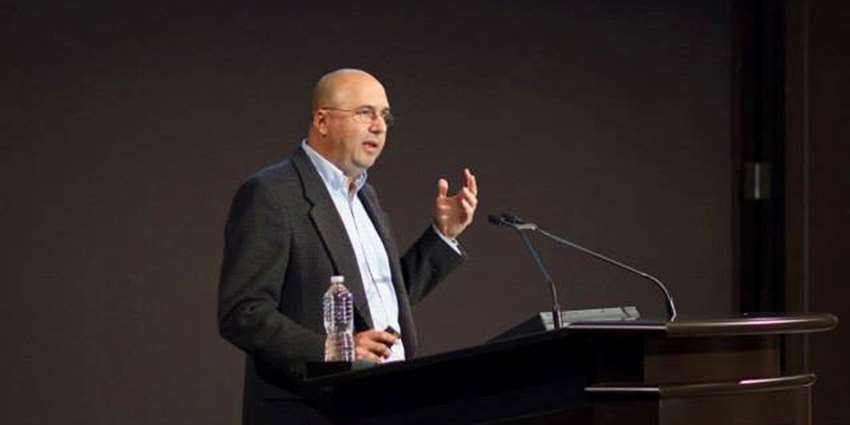From working at NASA’s Goddard Space Flight Center in Maryland, to serving in the White House, to teaching in a lecture hall at Texas A&M University, Dr. Andrew Dessler has served in many roles as a scientist.
Now a professor of atmospheric sciences at Texas A&M, he has researched a range of topics, including atmospheric chemistry, stratospheric water vapor and tropospheric water vapor. His passion for the science of climate change and policy implications remains the same as his research adapts to uncertainties, he said.
“Every time we work on something, it probably takes about 10 years,” Dessler said. “You say ‘Okay, we understand that,’ and you move on to the next source of uncertainty.”
After receiving his doctorate in chemistry from Harvard University, Dessler did postdoctoral work at NASA’s Goddard Space Flight Center and spent nine years on the research faculty of the University of Maryland.
While completing his work at NASA, he got the opportunity to work in the White House on atmospheric sciences. He spent 2000 serving as a senior policy analyst in the White House Office of Science and Technology Policy. During that time, Dessler said he saw how the translation of science to policy takes place.
Dessler explained that he learned how to communicate science so that it was most useful for policymakers. In return, he also realized that similar principles could be true for communicating to the public.
It is important to translate the science, explain to people how climate is changing and affecting their daily lives and tailor the message to the specific group you are talking to, he said.
“Scientists need to make more of an effort to try to engage the general public,” Dessler said.
To explain climate change in simple terms, Dessler said he compares the atmosphere to a blanket.
“The heat is trapped inside, and as you add carbon dioxide, the blanket becomes a little thicker. The more carbon dioxide you add, the more blankets you are adding to the atmosphere,” he said.
In 2005 he left Maryland and became a professor in Texas A&M’s Department of Atmospheric Sciences. Dessler teaches every semester and also conducts research.
His current research is focused on how water vapor and clouds act to amplify warming from the carbon dioxide that humans emit.
For more information about Dessler’s work, see his faculty page.

